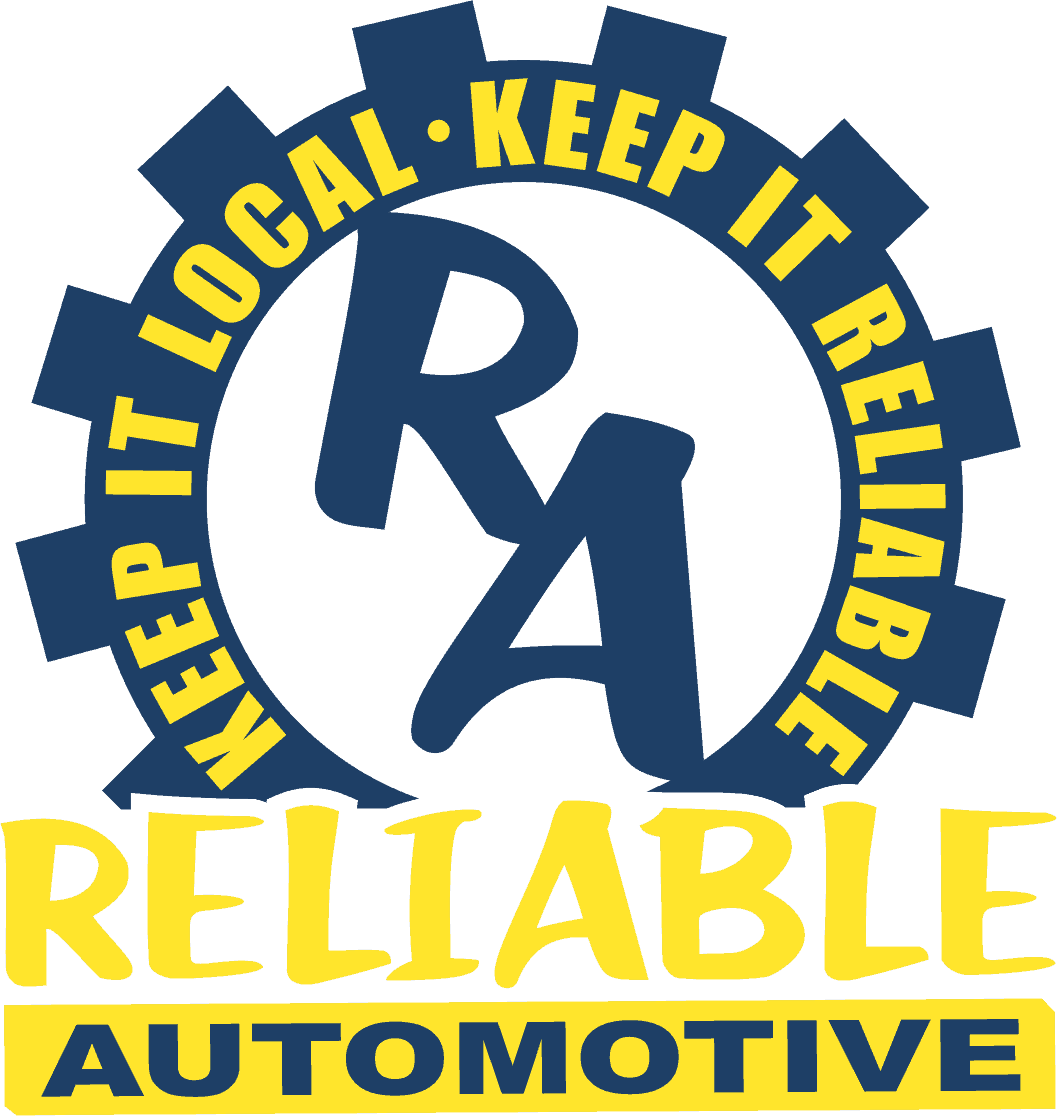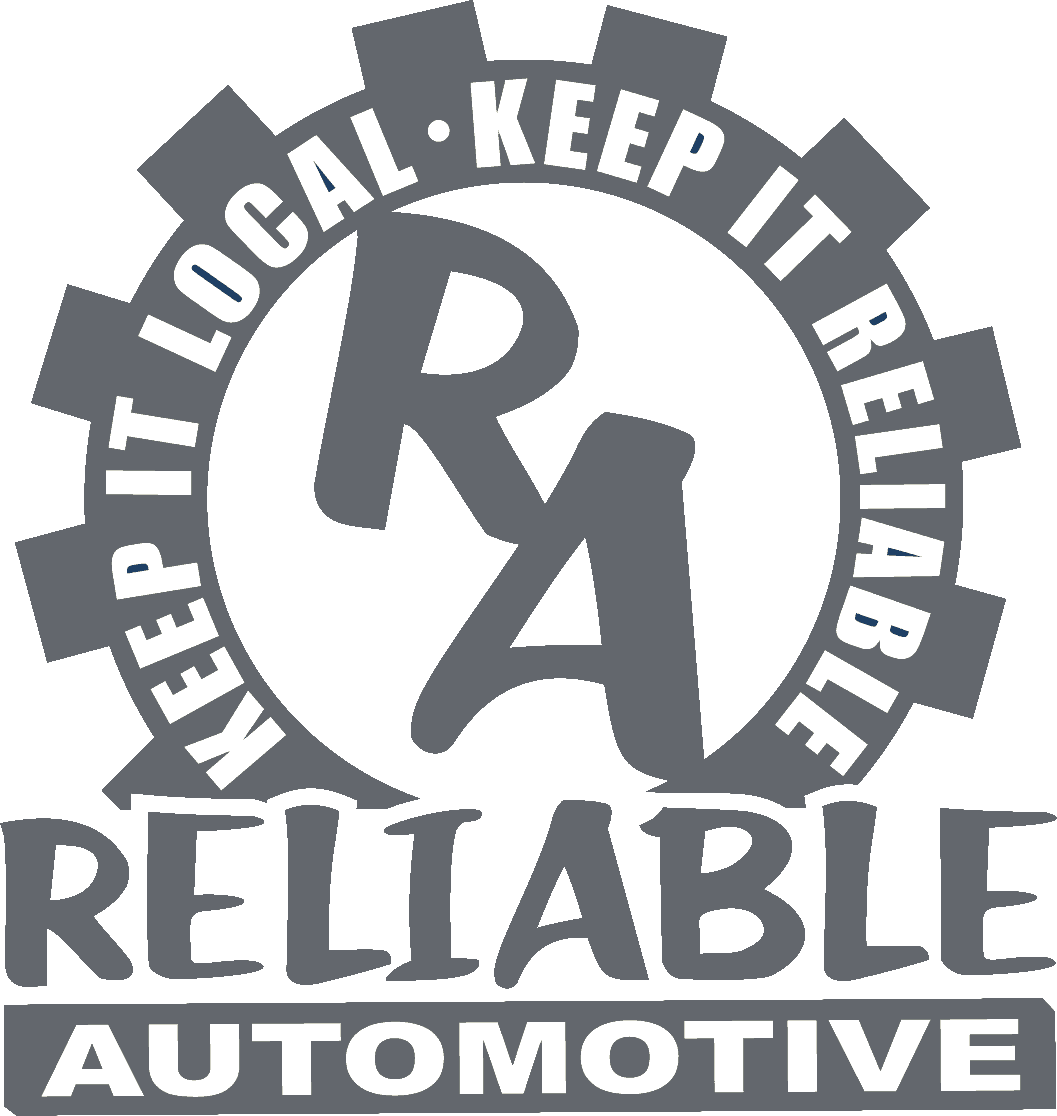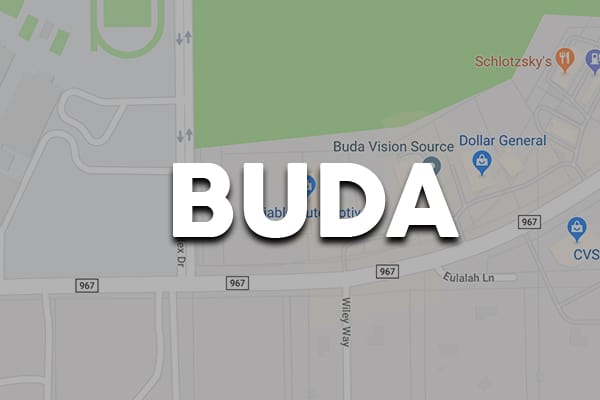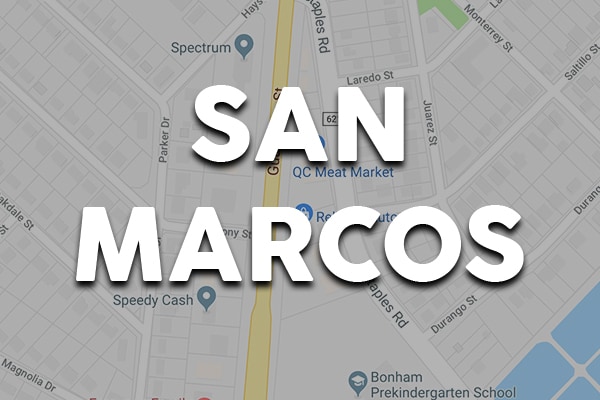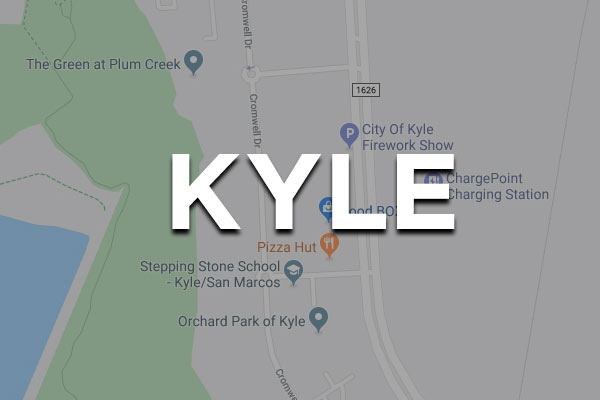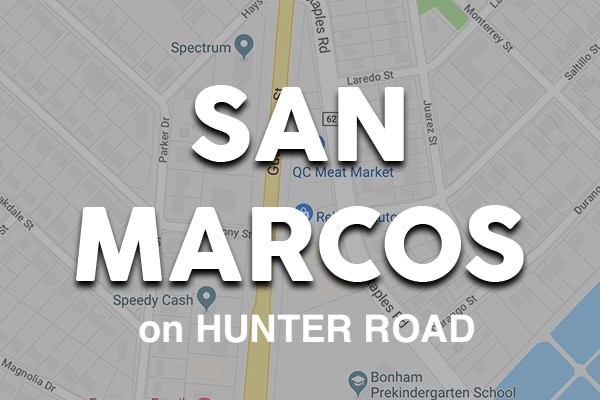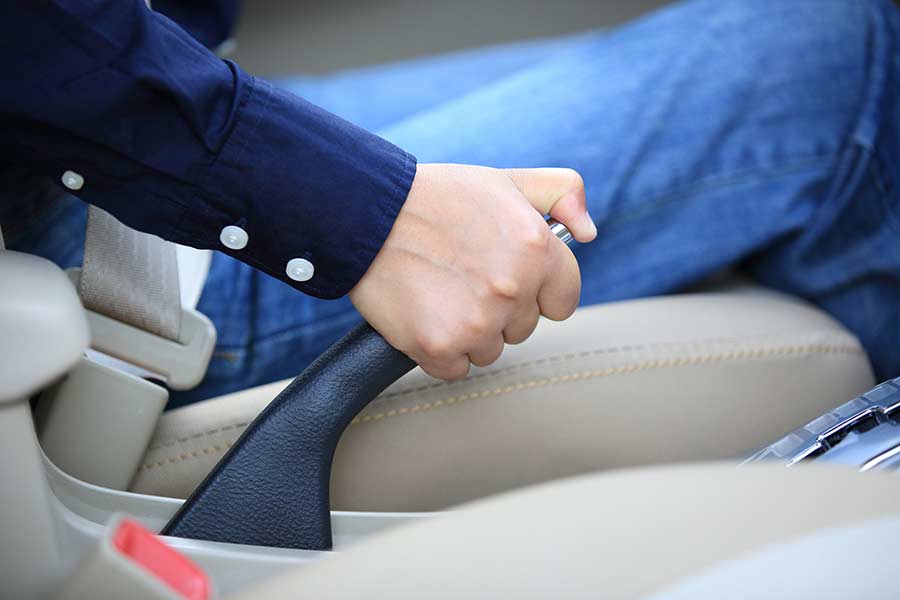
Cars, trucks and SUVs generally have two separate braking systems. The first is the main braking system, controlled by a foot pedal, which is used every time the vehicle is slowed down and/or brought to a stop. The second is the parking brake, also often called the emergency brake. This secondary brake system is an important and often overlooked component of a vehicle’s operation and safety.
How Does the Parking Brake Work?
Unlike the primary braking system, which operates using hydraulic pressure, the parking brake is a physical mechanism that holds the car in place. Setting the parking brake engages a lever, cable, or other tightening system that will prevent the car from rolling or moving. Some cars are designed with a foot-operated parking brake (usually located to the left of the primary brake pedal), and others use a hand-operated lever that the driver can set by pulling it upward until it locks into place.
When to Use the Parking Brake
Any time a car is parked, regardless of whether it’s a manual or automatic transmission vehicle, the parking brake should be set. A common misperception is that the parking brake is only necessary when parked on a hill or slope, but it should be used when parked on flat surfaces as well. Engaging the parking brake means pressure is distributed across more than one of the car’s systems, and reducing pressure means reducing wear and tear. Also, in the event the car is struck by another vehicle while parked, the parking brake will help to hold it in place and prevent rolling. Using the parking brake regularly also keeps its parts moving, which prevents oxidation and makes it less likely to seize up.
Using the Parking Brake in an Emergency
The reason the parking brake is sometimes called an “emergency brake” is that it can also be used to slow or stop a car if the primary braking system fails. In this event, the driver should slowly depress the parking brake (or slowly pull up on the parking brake handle) until the car is brought to a stop. The driver’s instinct may be to stomp forcefully on the parking brake, but this could cause the system to lock up and malfunction. Slow, steady pressure on the parking brake is a safer bet for regaining control of the car.
Important Reminders
When parking a car, it’s important to keep pressure on the primary brake until after the parking brake has been set. If the driver puts the transmission in “park” and then releases the primary brake, a metal pin called a parking pawl will be holding the car in place. Setting the parking brake before releasing the main brake will reduce wear on the parking pawl.
Always release the parking brake before driving. Accidentally starting to drive before releasing the parking brake can cause serious damage to the car’s braking system.
Parking Brake Maintenance
Using the parking brake regularly should prevent it from sticking, but having the cables lubricated periodically (as when getting the oil changed) is also a good idea, to ensure its smooth operation.
If it becomes necessary to push the parking brake pedal farther than usual in order to get it to fully engage (or, if the handbrake lever needs to be pulled farther up), it’s possible that the brake pads are worn down, or the cables in the braking system may be stretched. These are easily fixable issues that should be addressed immediately for optimal performance and vehicle safety.
Need Help with Your Parking Brake?
If you’re worried your vehicle’s parking brake may not be working optimally, our ASE-certified mechanics at Reliable Automotive will be able to help diagnose and fix the issue without any problems! We take appointments on a first come first serve basis, so just come on by or visit our home page for more information! Stop by our any of our auto shops in San Marcos, Kyle or Buda TX to get your brake check.
